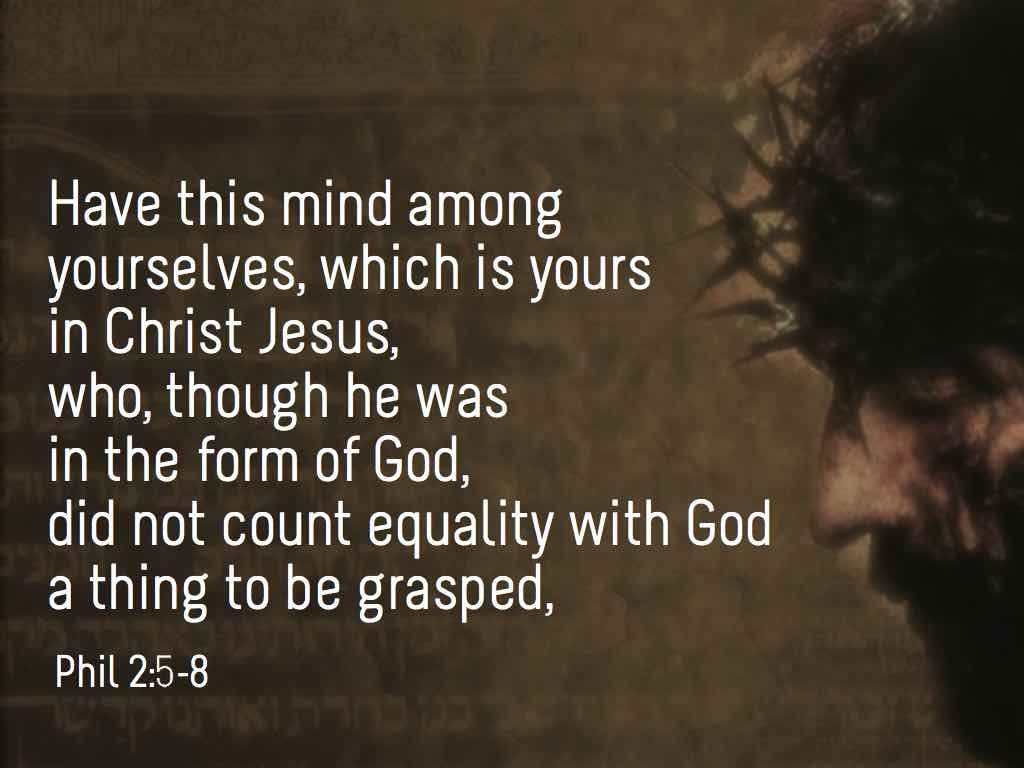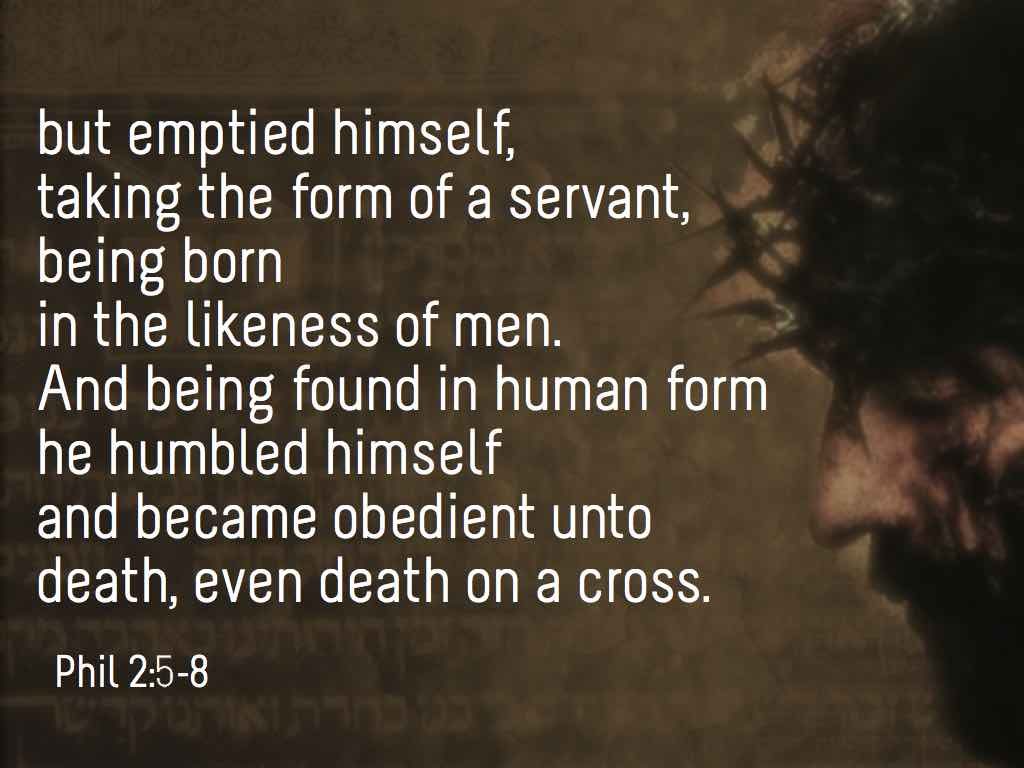Let us linger awhile in Holy Saturday,
cautioning ourselves against rushing
to Easter right after Good Friday.
The theologian Hans Urs von Balthasar
believes that Holy Saturday
is the culmination of a process that our Lord underwent
starting with His becoming human, His Incarnation.
This process is called kenosis—
a Greek word which St. Paul uses
in his letter to the Philippians.
Kenosis is the process of self-emptying
that the Son of God went through
in order to save us.


Nowhere else is our Lord’s self-emptying
more evident than on Holy Saturday,
when he lies dead in a borrowed tomb.
This is how it all ended for Jesus:
A brutal and humiliating death,
a hurried burial in a tomb not his…
The dead Jesus of Holy Saturday
is the icon of failure and powerlessness.
It is on Holy Saturday
that Jesus completely empties Himself
for our sake.
Nowhere else is our Lord’s humility
more starkly visible
than in the tomb on Saturday.
St. Theresa of Avila, in counseling us on prayer,
suggested that we imagine the Lord Jesus
looking at us with both love and humility.
St. Ignatius of Loyola wrote
that “humility is the virtue never sufficiently praised.”
It would be no exaggeration
to say that Christ reveals to us
that humility is truly a divine virtue.
If we want to be like Jesus,
we need to work on our humility.
Which areas in your life
are you most vulnerable to the sin of pride?
Usually it’s the areas where we are most insecure
that it is most difficult to practice humility;
it may be your work, your relationships,
or any other area in your personal life.
Can you name this area,
and think of a specific way you can practice–
and get better in–your humility?